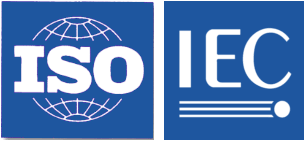This document specifies required characteristics of a domain-neutral top-level ontology (TLO) that can be used in tandem with domain ontologies at lower levels to support data exchange, retrieval, discovery, integration and analysis.
If an ontology is to provide the overarching ontology content that will promote interoperability of domain ontologies and thereby support the design and use of purpose-built ontology suites, then it needs to satisfy certain requirements. This document specifies these requirements. It also supports a variety of other goals related to the achievement of semantic interoperability, for example, as concerns legacy ontologies developed using heterogeneous upper-level categories, where a coherently designed TLO can provide a target for coordinated re-engineering.
This document specifies the characteristics an ontology needs to possess to support the goals of exchange, retrieval, discovery, integration and analysis of data by computer systems.
The following are within the scope of this document
— Specification of the requirements an ontology needs to satisfy if it is to serve as a top-level hub ontology.
— Specification of the relations between a top-level ontology and domain ontologies.
— Specification of the role played by the terms in a top-level ontology in the formulation of definitions and axioms in ontologies at lower levels.
The following are outside the scope of this document:
— Specification of ontology languages, including the languages OWL 2 and CL, used in ontology development with standard model-theoretic semantics.
— Specification of methods for reasoning with ontologies.
— Specification of translators between notations of ontologies developed in different ontology languages.
— Specification of rules governing the use of IRIs as permanent identifiers for ontology terms.
— Specification of the principles of ontology maintenance and versioning.
— Specification of how ontologies can be used in the tagging or annotation of data.
